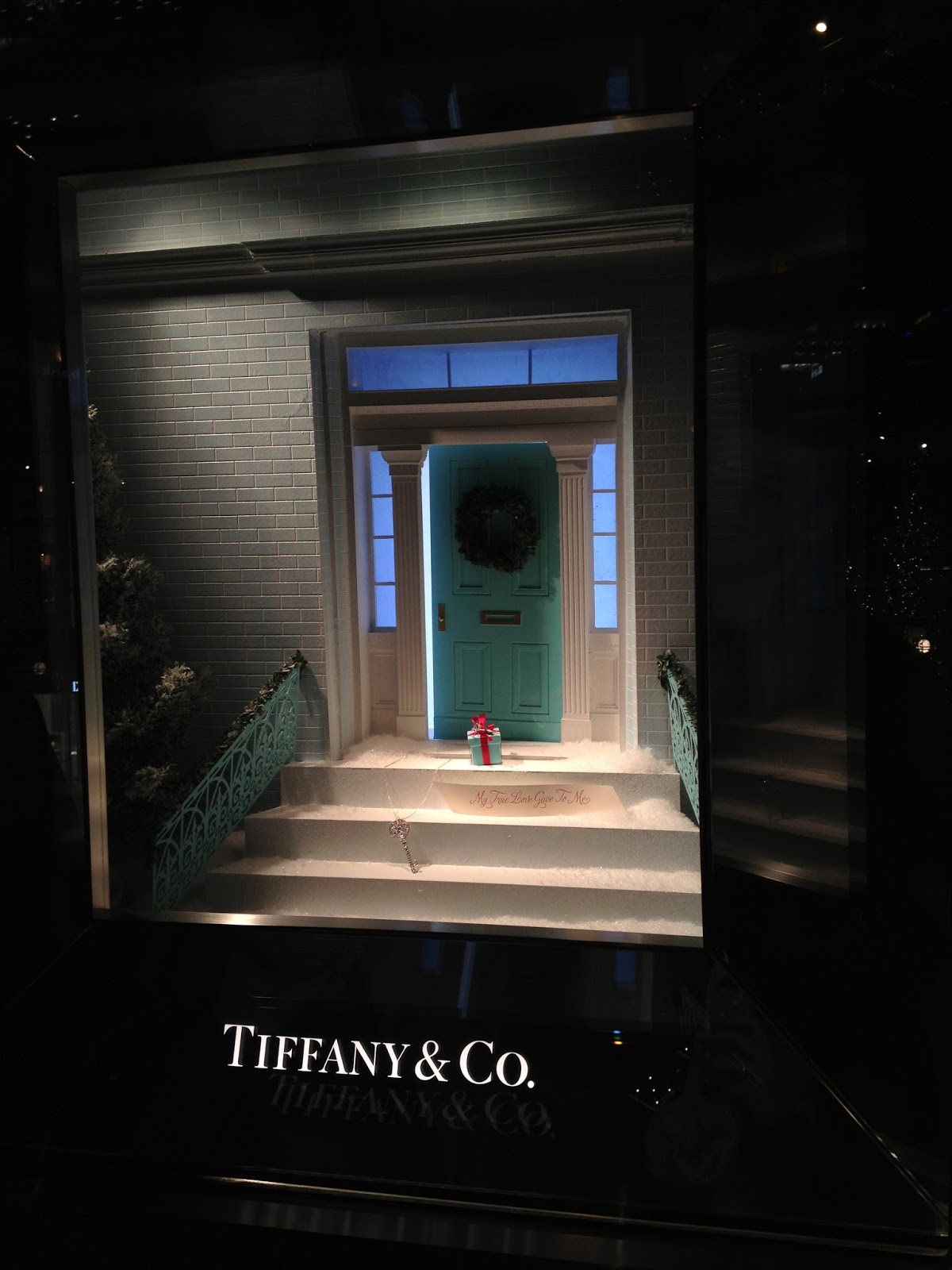In my first blog entry, I mentioned wanting to post
inspiration from great store merchandising. Of course, the first store I want
to write about is Anthropologie- the mecca of great visual merchandising. I
think that Anthropologie’s dedication to great display is amazing- while many
stores cut their merchandisers when the economy tanked, Anthropologie has
continued to execute gorgeous store design. They actually don’t spend any money
on marketing (crazy). Here’s what the president of Anthopologie, Glen Sent,
says about that: “One of our core philosophies is that we spend the money that
other companies spend on marketing to create a store experience that exceeds
people’s expectations. We don’t spend money on messages- we invest in
execution.” Isn’t it refreshing that the emphasis is put on good design?!?
So what makes Anthropologie different and special from a
merchandising standpoint? Here are the main things:
1.
Store Design- the 92 Anthro stores were designed
by Pompei A. D. The stores are anything but generic- “The stores incorporate
rich, sensual, and engaging environments that integrate elements of the local
culture in a contextual manner so that no two strores are exactly alike.” Many
stores are housed in historical locations that add to the character (i.e. the
Rockefeller Center store is housed in an old theater, the London Regent Street
location in a billiards hall). The overall store experience of the customer in
the store is important for Anthropologie- where for many stores, the
merchandising of each product the emphasis is.
2.
The Layout- On the home side (which, as a home
merchandiser, is what I care most about), the product usually goes from living
room, to kitchen, to bedroom items. Much like a guest would walk through a
house and become more comfortable, this is how Anthropologie successfully lays
out their store. The store is also very open and allows for wandering. “Anthropologie
is famed for the informal layout…This layout includes a sculptural “arcade” of
vignettes, unique floor fixtures, and furniture. The informal layout gives each
store the flexibility to customize its setup in order for the Anthopoloogie
shopper to explore its flea-market treasures.”
3.
Fixtures- Anthropologie uses unique items to
display their product- from salvaged tables to antique crates. They even have a
“found objects” buyer who finds these fixtures and “scours the flea markets of
Western Europe to find vintage tables, dressers, and other artifacts upon which
to display the merchandise.” Sounds like a fun job to me! In addition to the
large fixtures being from flea markets, the merchandisers at each store comb
the flea markets for small objects to help the merchandise shine (this article at msn has really great pictures on this)
4.
Store Windows- it’s so obvious (hopefully), that
Anthroplogie’s windows are unique and beautiful that it’s almost silly to mention.
Here’s what they do great with the windows: they are visually appealing, they
are over the top, they commonly use recycled materials, they are handmade, and
each store’s is unique.
While I was in London in the spring, I took a few pictures
of the Regent Street Anthropologie.
I love this little vignette! From the stack of trunks to the
ecelectic wall hangings, to all of the knick knacks of the table I think it’s
perfection. And quirky!
This is a picture I took because of the room divider. What a
great way to make a bed feel special! The divider is made of canvas on a metal
support system with the canvas painted (that looks adjustable). Sounds like a
fun DIY project to me! Angling the bed also helps it feel special.
I know that when it comes to Anthropologie pictures, these
aren’t the most exciting, but I am really trying to not post any pictures that
I didn’t take (I keep hearing about bloggers getting sued for using pictures they didn't personally take and that had a copywrite on them).
To end this blog, I have to say that I loved writing it! I
mean, how can you not love a company that truly values their creative staff?!?
Plus, I love that Anthroplogie has stepped outside the box and it’s worked for
them. I also love reading about their display philosophies and thinking about how
I can implement them with my displays. Oh Anthropologie!
Sources for text:





























